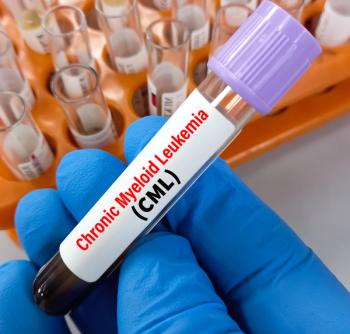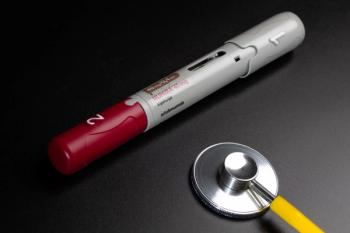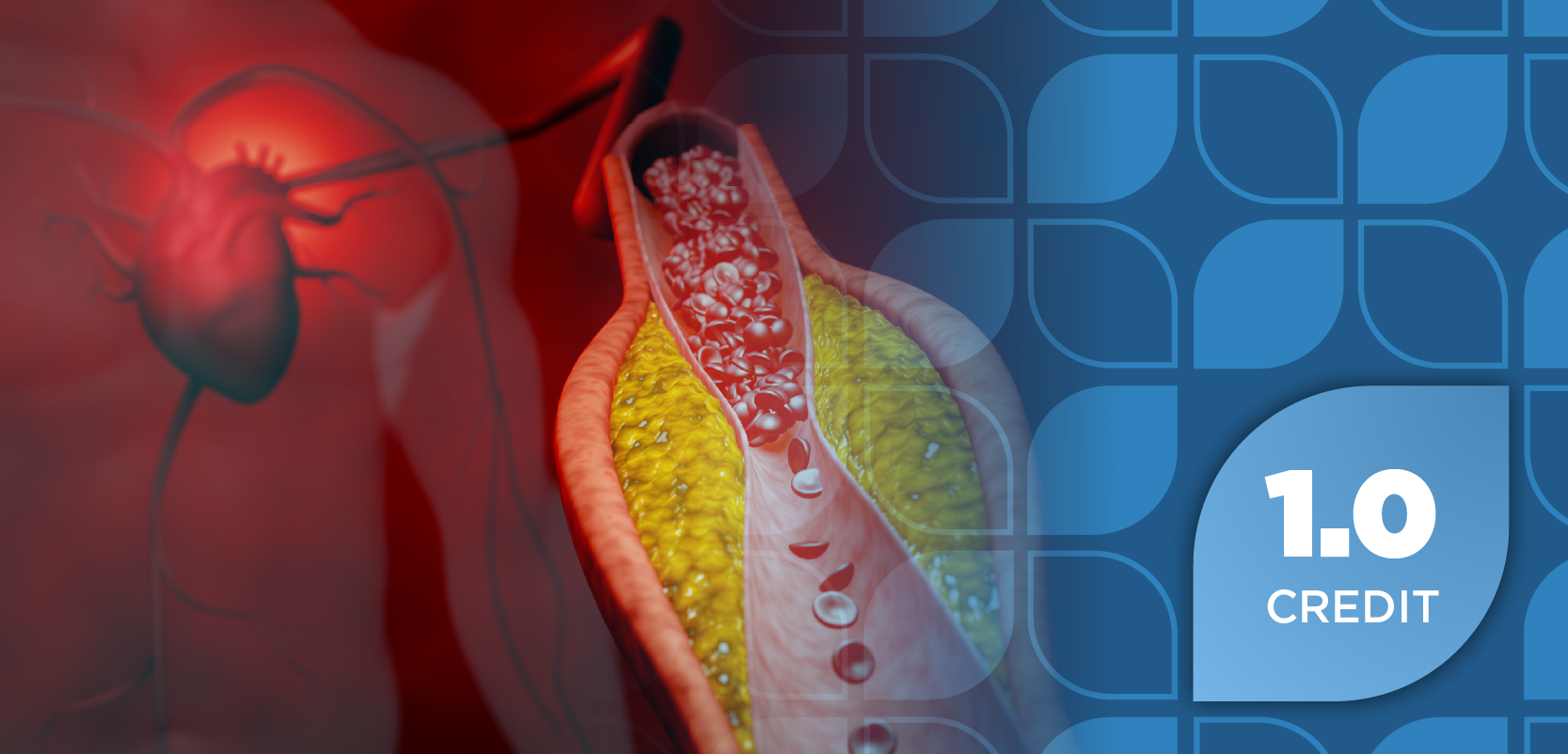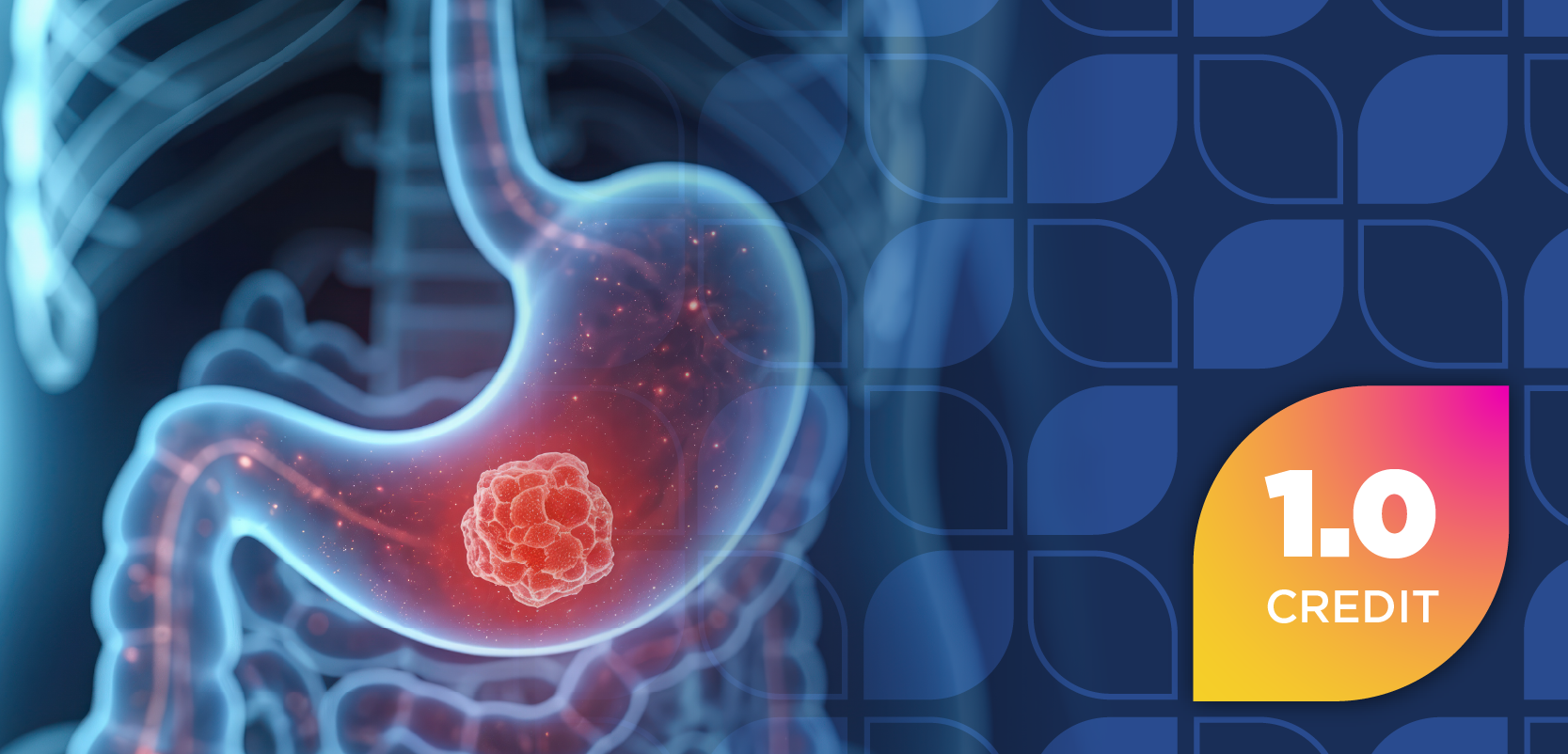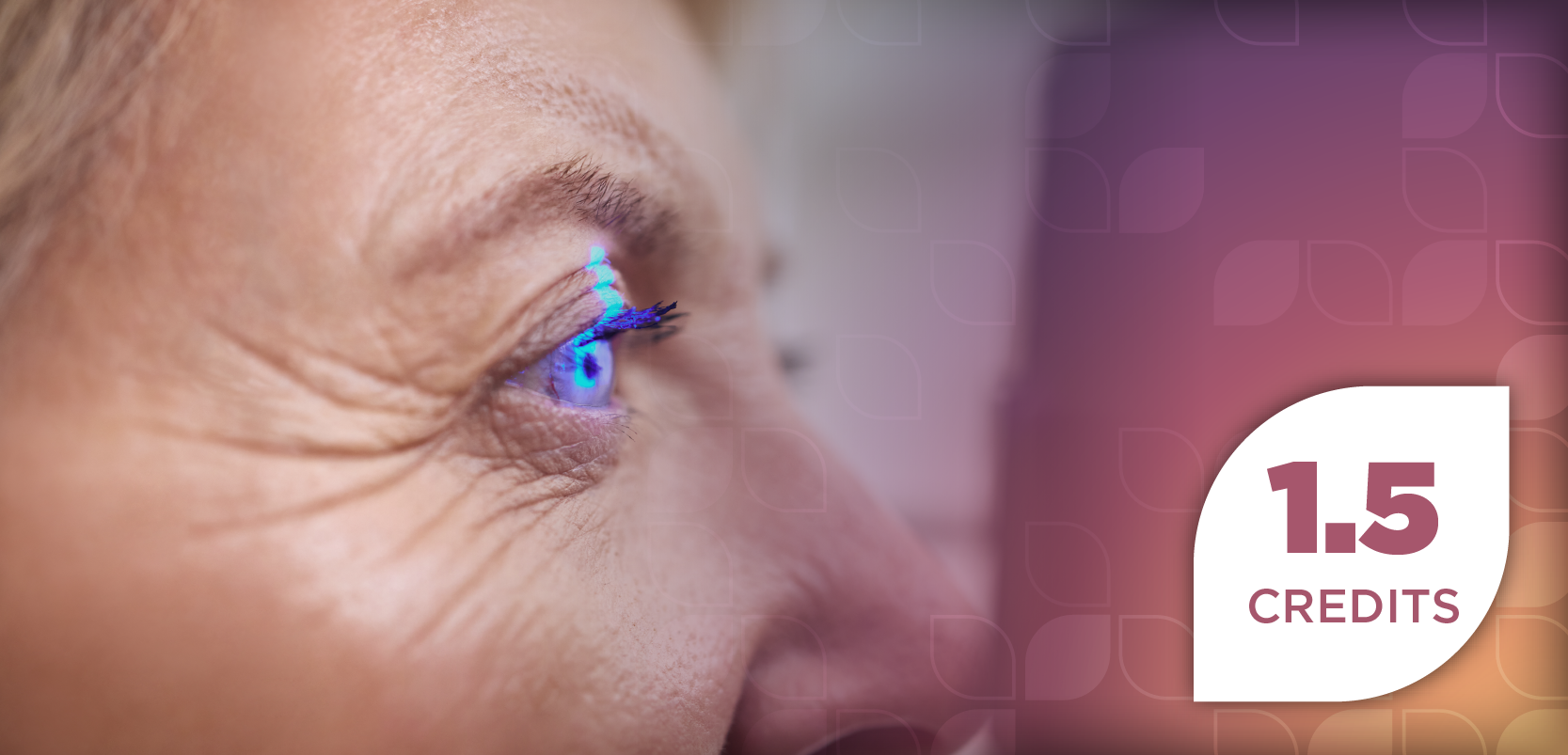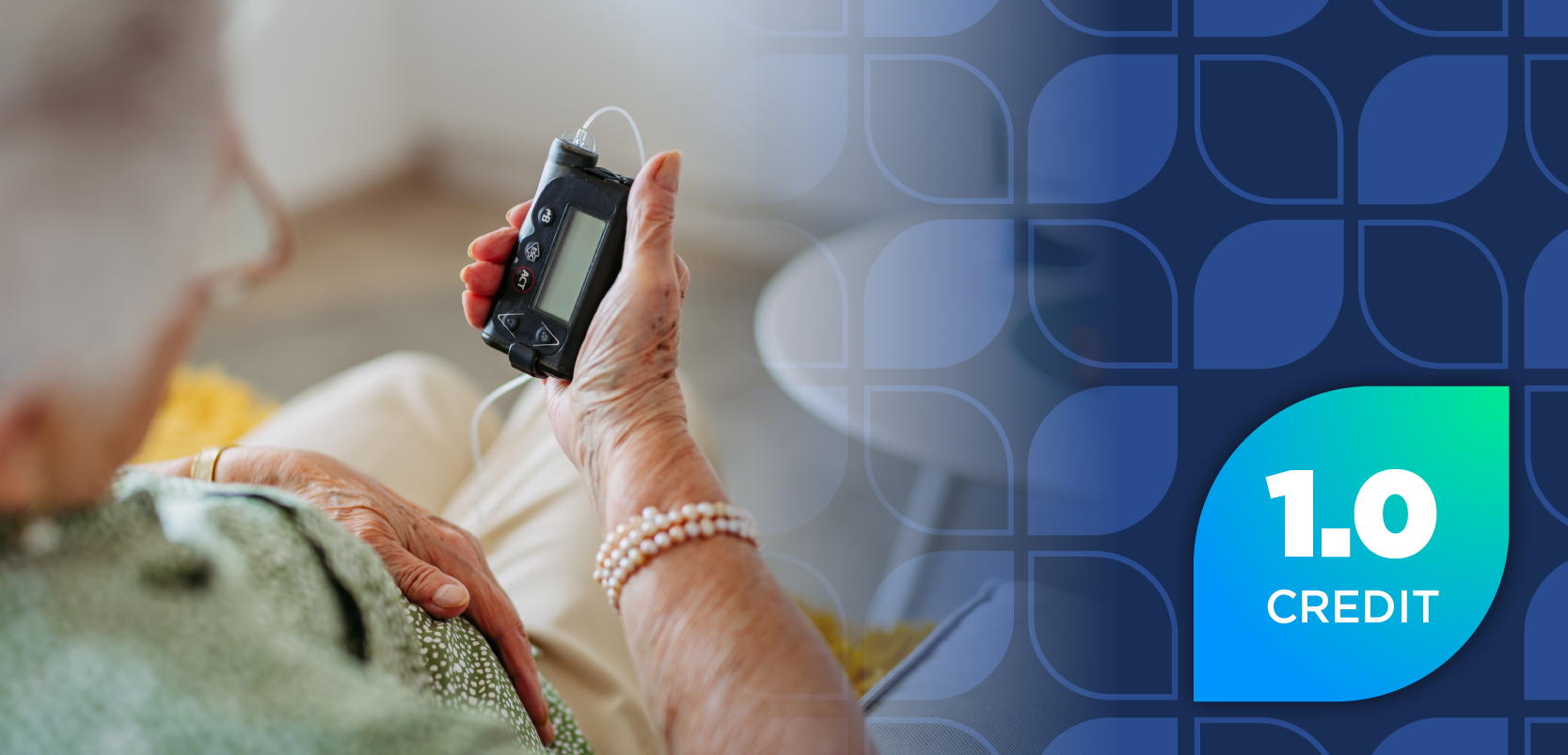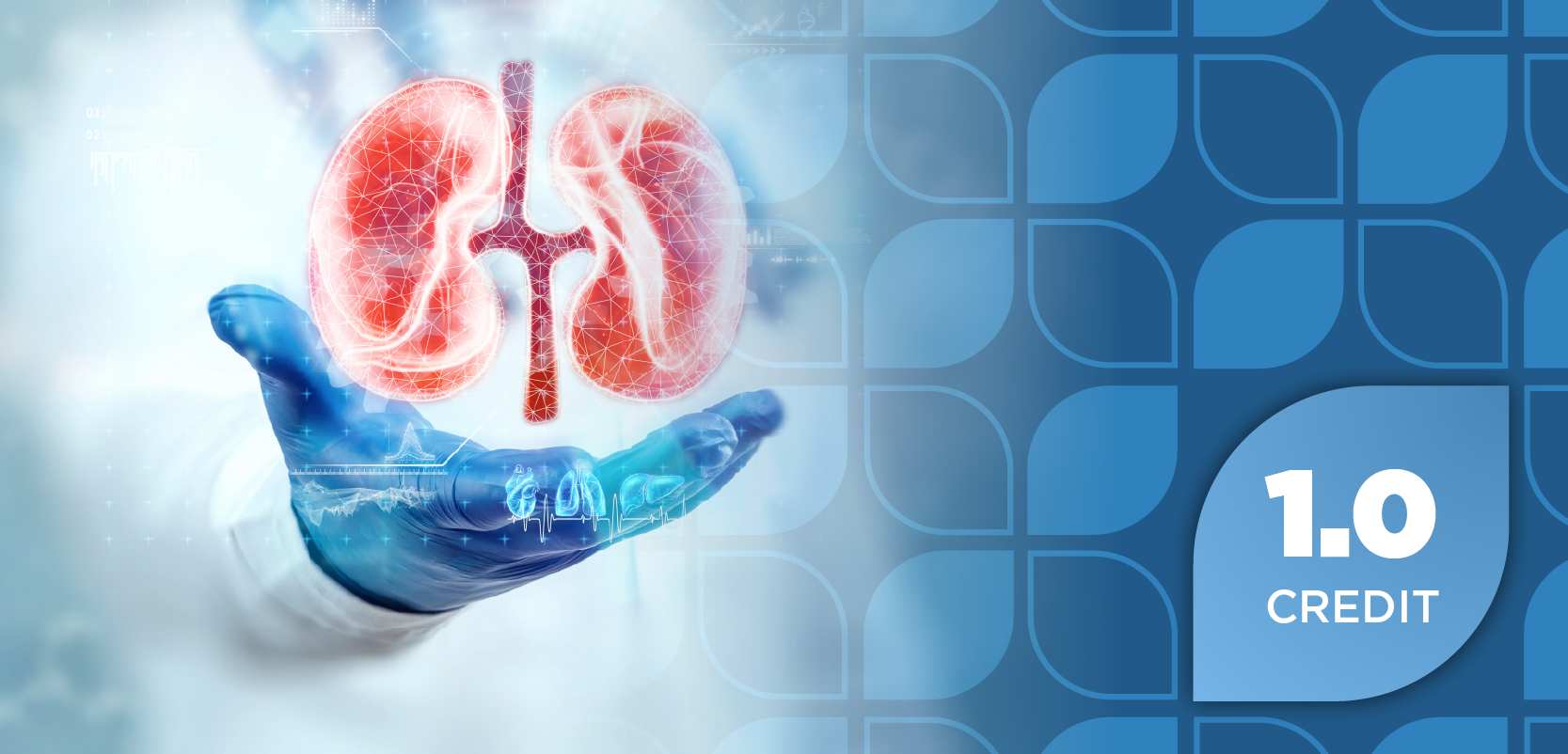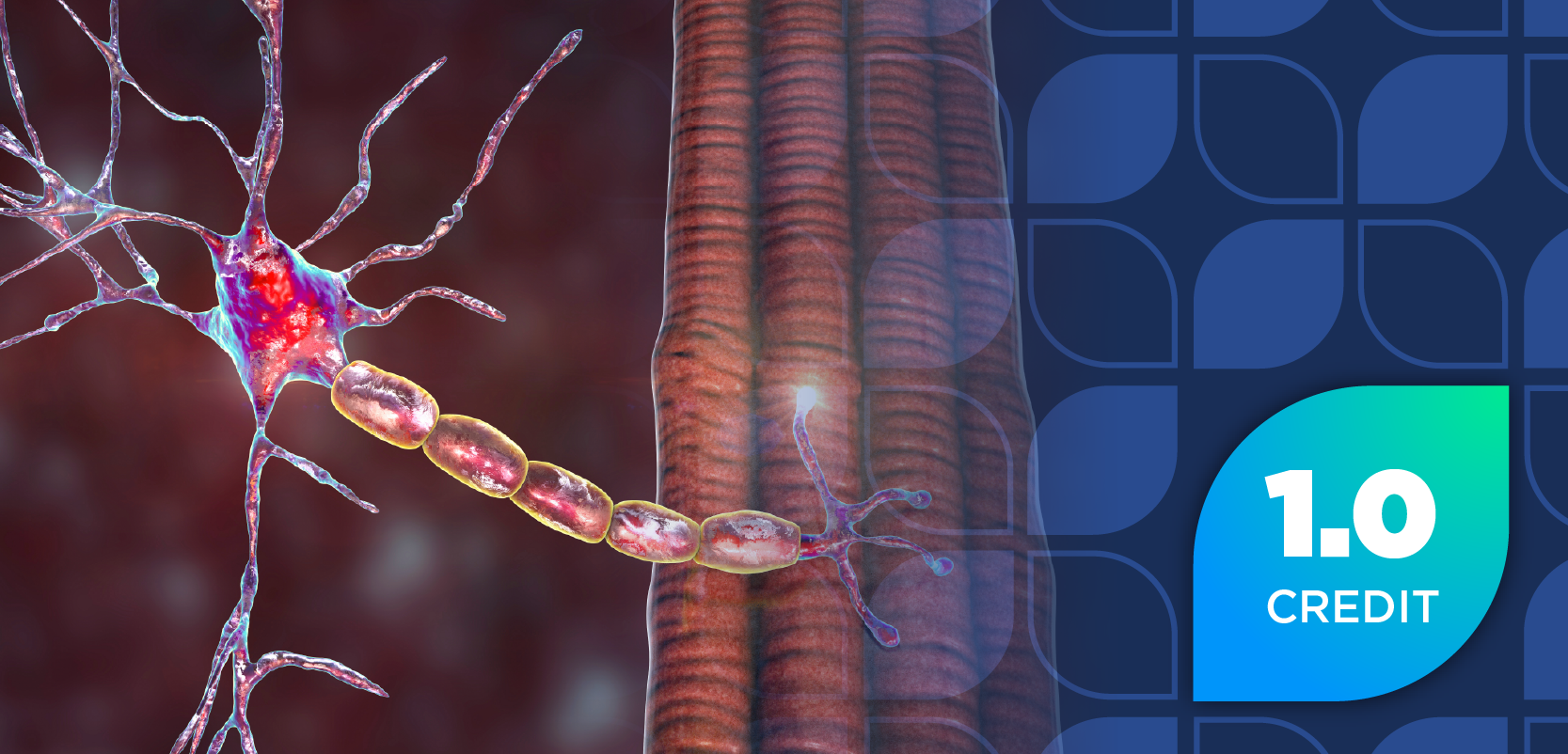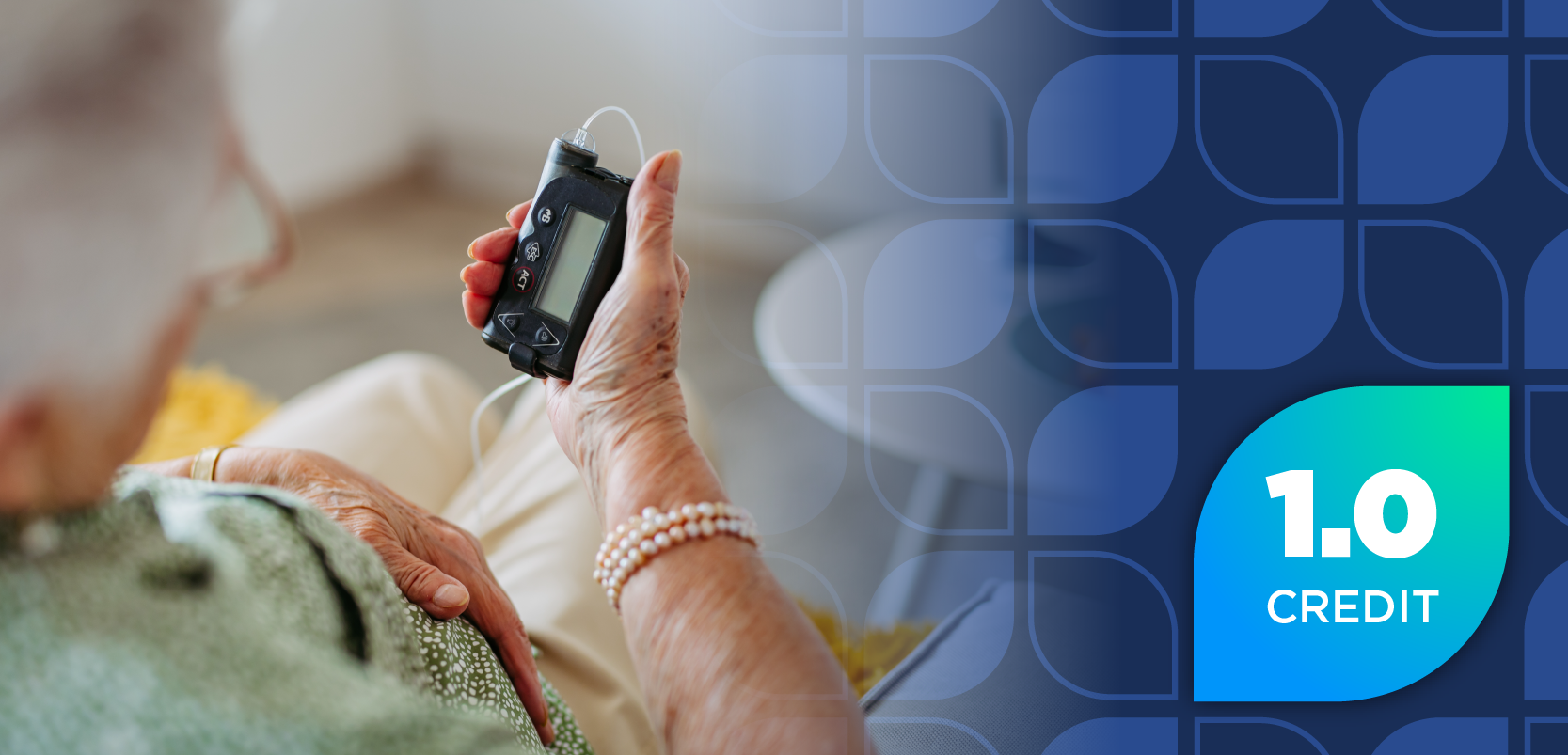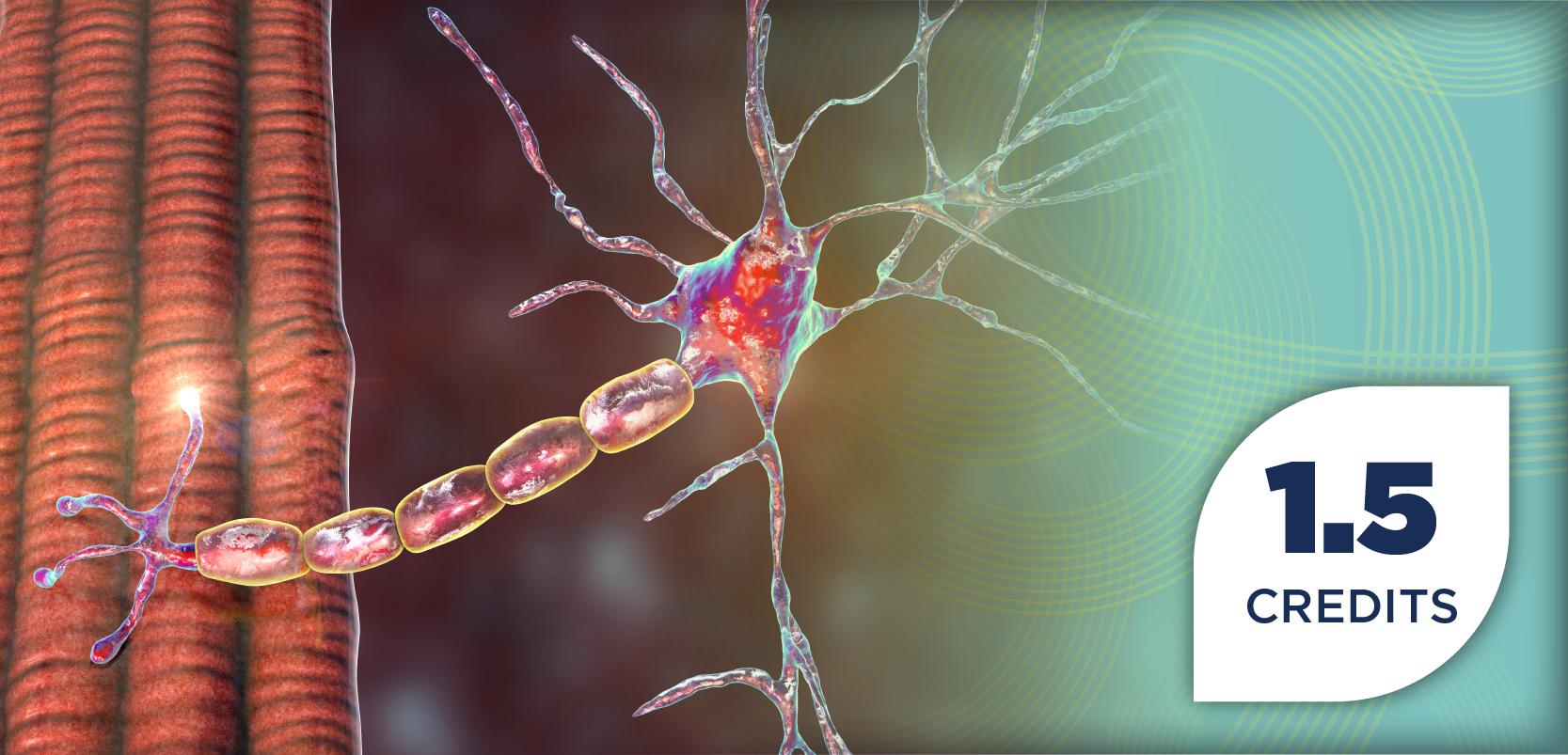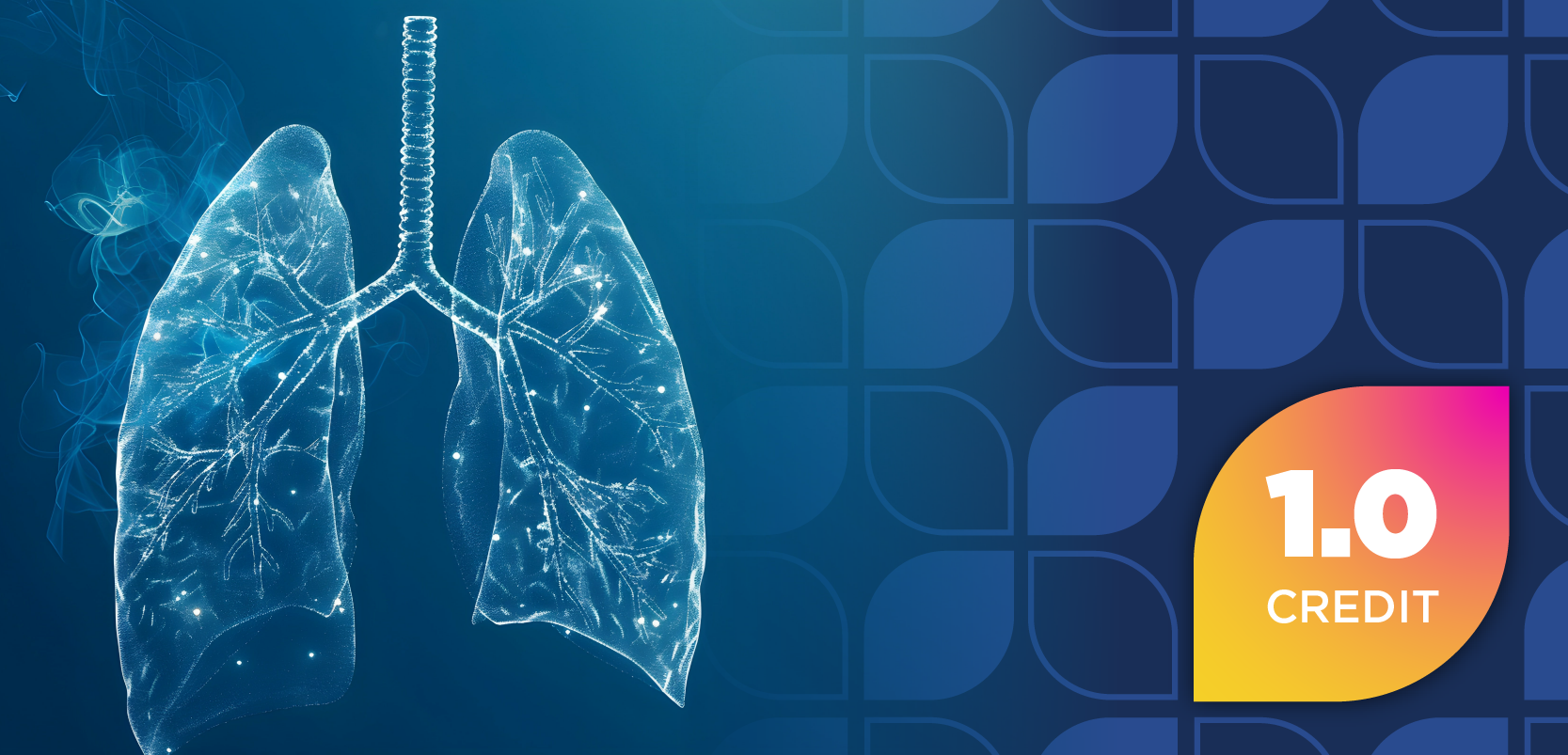
Research Identifies Need for Increased Evidence-Based Use of Buspirone
Key Takeaways
- Buspirone is frequently used off-label in inpatient settings, often in suboptimal doses, highlighting the need for evidence-based prescribing practices.
- The study found that only 12.1% of patients had a documented FDA-approved indication for buspirone, with many receiving it for other psychiatric conditions.
New research highlights the need for evidence-based buspirone use in psychiatric settings, revealing high off-label prescriptions and suboptimal dosing practices.
Study findings presented at the American Association of Psychiatric Pharmacists (AAPP) 2025 meeting demonstrate a need for greater focus on the evidence-based use of buspirone (Buspar; Bristol Myers Squibb) in the inpatient psychiatric setting, with a high rate of off-label use and suboptimal dosing.1
Buspirone is an anxiolytic drug indicated for the management of anxiety disorders or the short-term relief of anxiety symptoms.2 Its efficacy has been demonstrated in controlled clinical trials of outpatients with a generalized anxiety disorder (GAD) diagnosis, and it is most often used as a second-line agent after the patient is unresponsive to or intolerant of selective serotonin reuptake inhibitors (SSRIs).2
Importantly, buspirone has a decreased adverse effect profile compared to other anxiolytic treatments and has been used as an augmentation agent to reduce the sexual adverse effects of SSRIs. Furthermore, buspirone has no associated risk of physical dependence or withdrawal, unlike benzodiazepines and barbiturates. In addition to its approved use for GAD, buspirone is sometimes used for the augmentation of unipolar depression, based on positive findings from The Sequenced Treatment Alternatives to Relieve Depression trial.2,3
Authors of the study presented at AAPP 2025 noted that buspirone is often used in conjunction with other antianxiety medications and is typically dosed at 30 mg to 60 mg daily. They acknowledged, however, the common off-label use of buspirone, saying the goal of their research was to evaluate inpatient buspirone patterns and identify opportunities for deprescribing.1
The study was a retrospective chart review of patients 4 years of age or older who were admitted to a psychiatric hospital between July 1, 2023, and June 30, 2024, with an active order for buspirone. Investigators reviewed patient demographics as well as hospital encounter information, including admission and discharge dates, length of stay, unit of discharge, buspirone indication, average buspirone daily dose, and continuation status. Concurrent medications, including antidepressants, mood stabilizers, benzodiazepines, hydroxyzine, and gabapentin, were also reviewed.1
A total of 232 patients had an active order for buspirone, 16.4% of whom were new starts and 83.6% were continuations from home. Among those ordered buspirone, most were female (60.8%) and White (82.8%), with an average age of 40 years.1
Treatment with buspirone was deprescribed in 25% of patients prior to discharge, and the average daily dose was 25.5 mg/day. The most common concomitant medications were atypical antipsychotics (52.2%) and SSRIs (44.8%).1
Importantly, only 12.1% had a documented, approved FDA indication for buspirone. Although a small portion of patients prescribed buspirone had anxiety-related disorders, a significant percent was prescribed buspirone for depression and/or anxiety symptoms associated with other psychiatric conditions, highlighting the need for greater evidence-based use of the treatment. Additionally, buspirone dosing was generally suboptimal, signifying another area for greater education and awareness.
These findings carry significant implications for psychiatric pharmacists in their daily practice. Recognizing the frequent off-label use of buspirone, often in suboptimal doses and in combination with other medications, underscores the crucial role pharmacists play in medication reconciliation and patient counseling. By being aware of these prescribing patterns, pharmacists can proactively identify potential drug interactions, assess the appropriateness of buspirone dosing for individual patients, and educate prescribers about evidence-based guidelines. This knowledge empowers pharmacists to advocate for safer and more effective medication regimens, ultimately improving patient outcomes and contributing to a higher standard of care for individuals with anxiety and related conditions.
Furthermore, the identification of suboptimal buspirone dosing in a significant portion of patients highlights an opportunity for pharmacists to engage in medication therapy management. Through comprehensive medication reviews, pharmacists can identify patients who may not be receiving the full therapeutic benefit of buspirone and recommend dosage adjustments based on current evidence.
Additionally, understanding the common co-prescription of buspirone with antidepressants and other psychotropics emphasizes the need for thorough monitoring for potential adverse effects and the provision of clear instructions to patients regarding their medication regimen. This proactive approach by pharmacists can lead to better symptom management, enhanced patient adherence, and a reduction in health care costs associated with ineffective treatment.
REFERENCES
1. Achyutuni K, Joseph M, Fielding K, Crabtree R, Temelie A, Fabian T. Buspirone use evaluation at an inpatient psychiatric hospital. Presented at: American Association of Psychiatric Pharmacists 2025. April 29, 2025. Accessed April 30, 2025. https://aapp.org/ed/meeting/2025/abstract/browse
2. Wilson TK, Tripp J. Buspirone. In: StatPearls [Internet]. Updated January 17, 2023. Accessed April 30, 2025. https://www.ncbi.nlm.nih.gov/books/NBK531477/
3. Gaynes BN, Warden D, Trivedi MH, Wisniewski SR, Fava M, Rush AJ. What did STAR*D teach us? Results from a large-scale, practical, clinical trial for patients with depression. Psychiatric Services. 2009;60(11). doi:10.1176/ps.2009.60.11.1439
Newsletter
Stay informed on drug updates, treatment guidelines, and pharmacy practice trends—subscribe to Pharmacy Times for weekly clinical insights.

